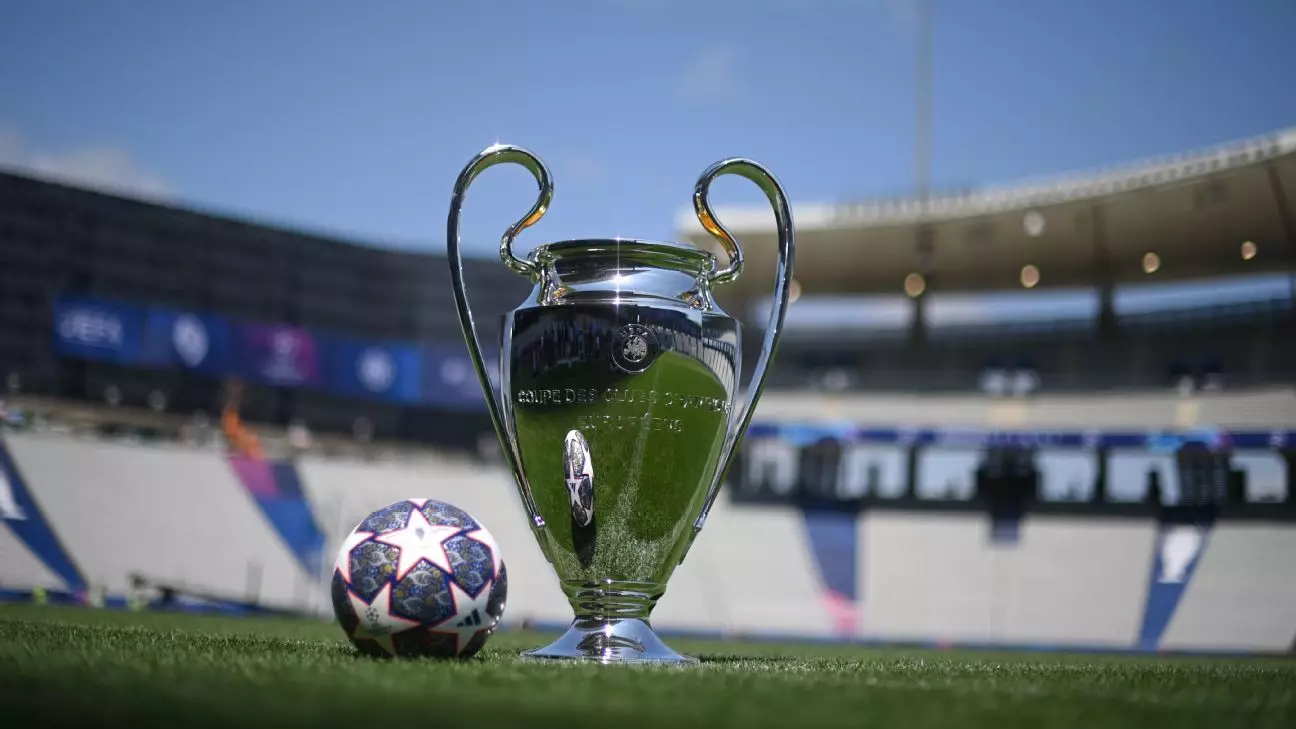The UEFA Champions League draw for this season has been finalized, incorporating a new format that marks a significant departure from previous editions. With all 36 teams now placed in a single league table, the draw aims to create a more competitive and balanced tournament for all participants.
Unlike the traditional method of placing teams into groups, the new format will see the creation of eight fixtures for each club. This means that each team will play two matches, one at home and one away, against opponents from each of the four pots. This approach eliminates the previous advantage of being in Pot 1, as clubs will now face opponents from their own pot, regardless of their seeding.
In previous seasons, teams in Pot 1 enjoyed the benefit of avoiding matches against the strongest clubs in the tournament. This was primarily due to the seeding criteria, which placed top teams in Pot 1 based on various factors such as winning the Champions League or Europa League, as well as domestic league performance. However, with the new system focusing on the UEFA club coefficient, only the reigning Champions League titleholders will be guaranteed a spot in Pot 1.
The league phase of the tournament will extend into January, with all 18 fixtures on the final matchday scheduled to be played simultaneously. This change aims to create a more exciting and competitive end to the group stage, with results affecting the final standings in real-time. Additionally, the season’s final will be held at the iconic Allianz Arena in Munich on Saturday, May 31, adding to the prestige and allure of the competition.
Overall, the new format for the UEFA Champions League draw represents a significant shift in the tournament structure, aiming to enhance competitiveness and fairness among all participating clubs. By focusing on the UEFA club coefficient and creating a more balanced fixture list, the draw seeks to improve the overall quality and excitement of the competition. As the season progresses, it will be interesting to see how these changes impact the dynamics of the matches and the ultimate outcome of the tournament.

